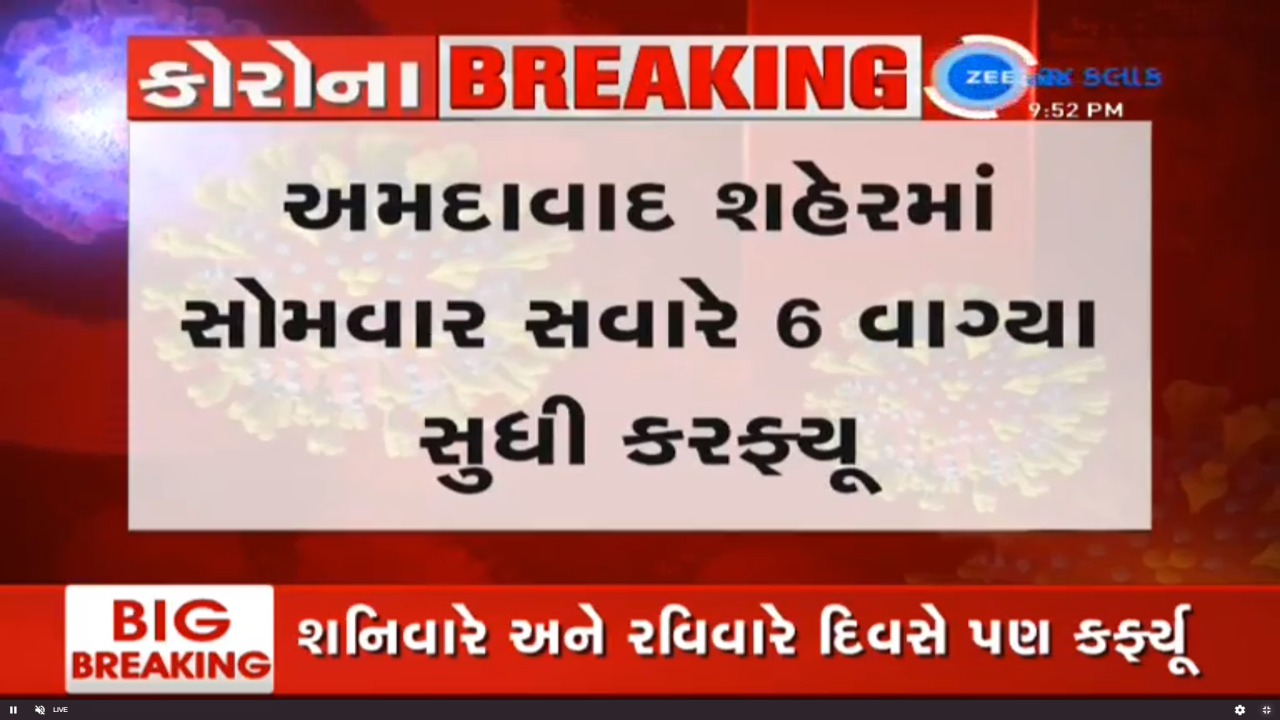Facts about the blood supply
Blood cannot be manufactured – it can only come from generous donors.
Type O-negative blood (red cells) can be transfused to patients of all blood types.
It is always in great demand and often in short supply.
Type AB-positive plasma can be transfused to patients of all other blood types.
AB plasma is also usually in short supply.
Donating blood is a safe process. A sterile needle is used only once for each donor and then discarded.
Blood donation is a simple four-step process: registration, medical history and mini-physical, donation and refreshments.
Every blood donor is given a mini-physical, checking the donor’s temperature, blood pressure, pulse and hemoglobin to ensure it is safe for the donor to give blood.
The actual blood donation typically takes less than 10-12 minutes. The entire process, from the time you arrive to the time you leave, takes about an hour and 15 min.
The average adult has about 10 units of blood in his body. Roughly 1 unit is given during a donation.
A healthy donor may donate red blood cells every 56 days, or double red cells every 112 days.
A healthy donor may donate platelets as few as 7 days apart, but a maximum of 24 times a year.
All donated blood is tested for HIV, hepatitis B and C, syphilis and other infectious diseases before it can be transfused to patients.
Type O-negative blood (red cells) can be transfused to patients of all blood types.
It is always in great demand and often in short supply.
Type AB-positive plasma can be transfused to patients of all other blood types.
AB plasma is also usually in short supply.
Facts about the blood donation process
Donating blood is a safe process. A sterile needle is used only once for each donor and then discarded.
Blood donation is a simple four-step process: registration, medical history and mini-physical, donation and refreshments.
Every blood donor is given a mini-physical, checking the donor’s temperature, blood pressure, pulse and hemoglobin to ensure it is safe for the donor to give blood.
The actual blood donation typically takes less than 10-12 minutes. The entire process, from the time you arrive to the time you leave, takes about an hour and 15 min.
The average adult has about 10 units of blood in his body. Roughly 1 unit is given during a donation.
A healthy donor may donate red blood cells every 56 days, or double red cells every 112 days.
A healthy donor may donate platelets as few as 7 days apart, but a maximum of 24 times a year.
All donated blood is tested for HIV, hepatitis B and C, syphilis and other infectious diseases before it can be transfused to patients.








